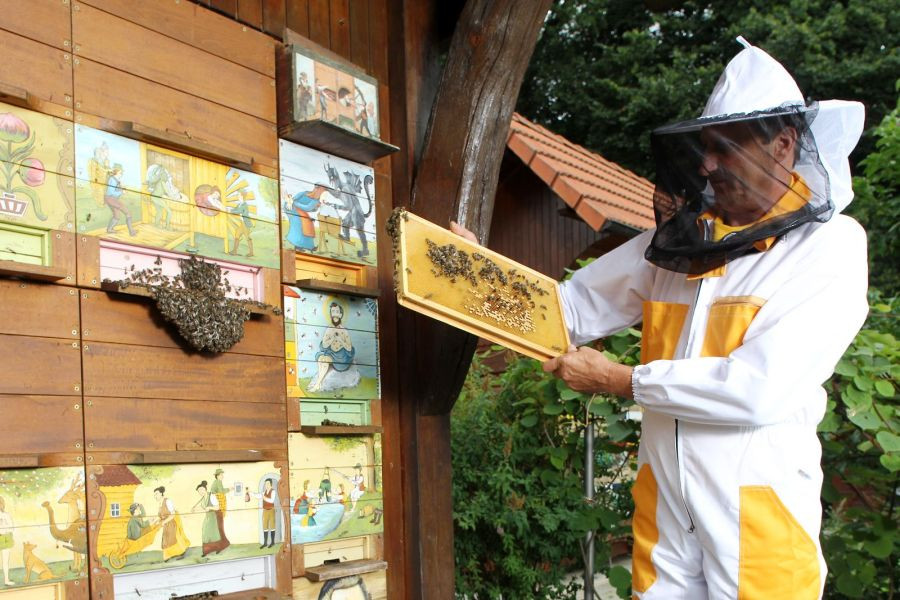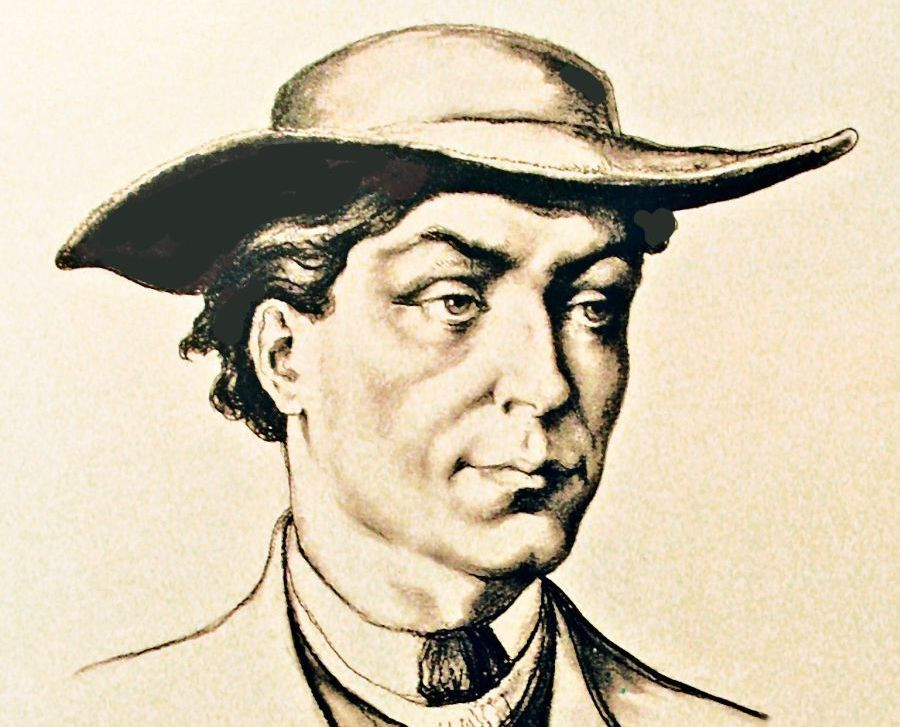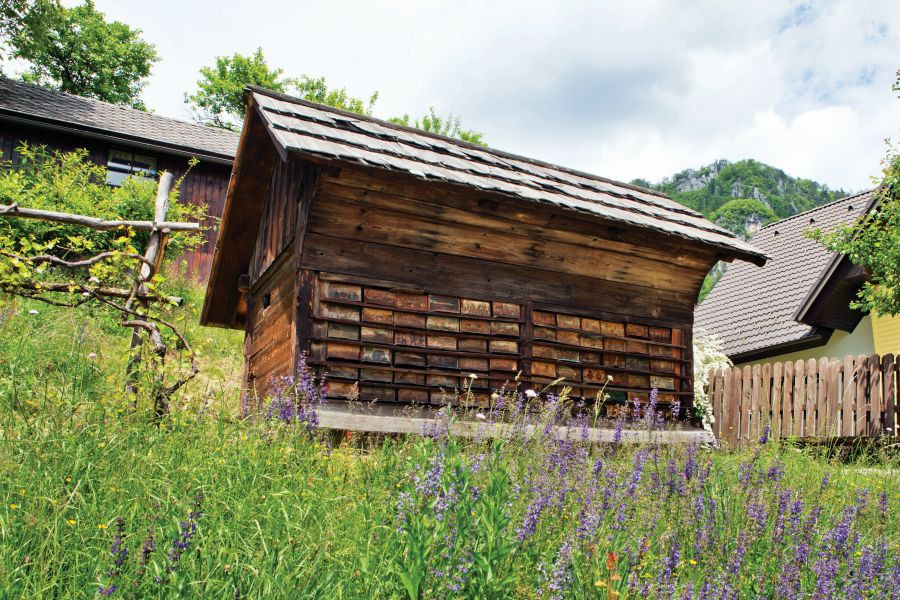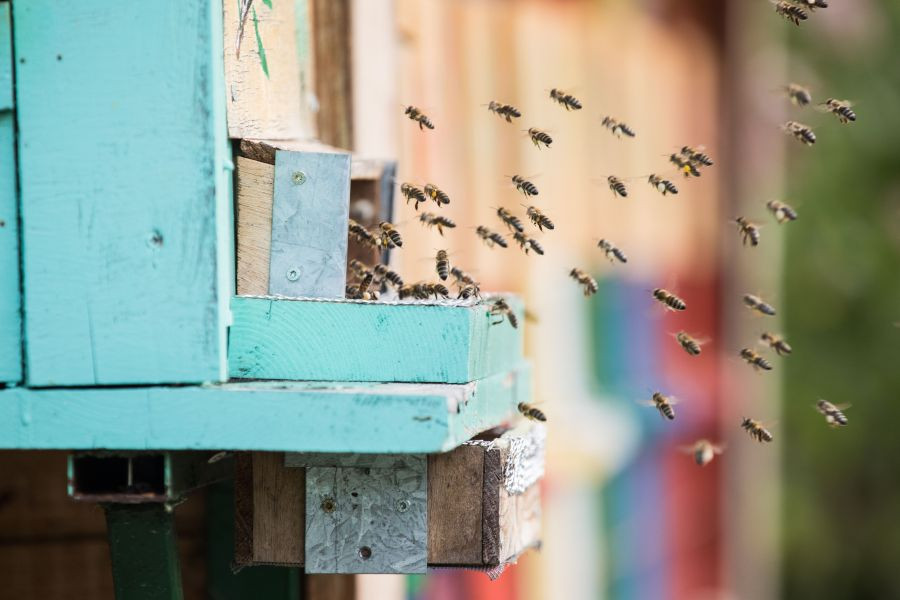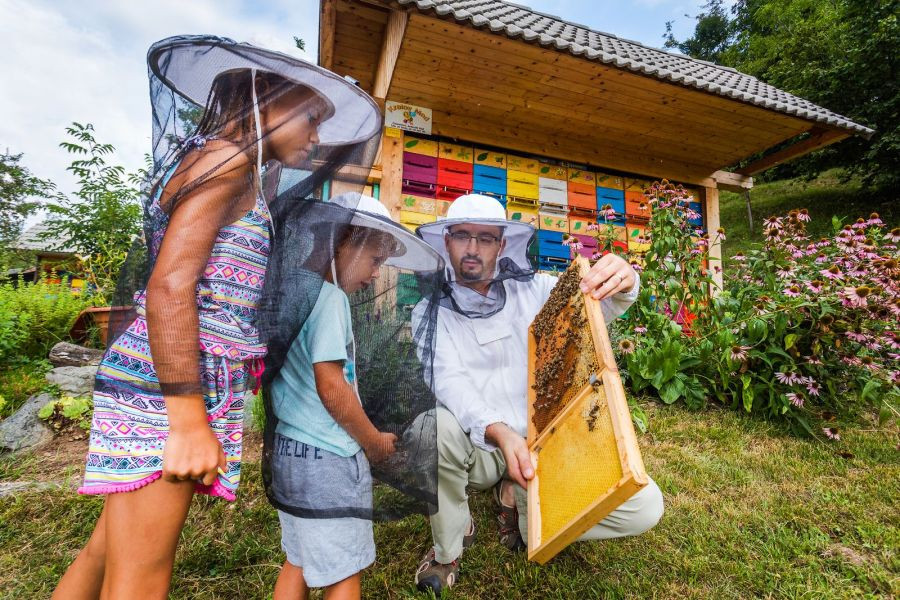Pioneers of Slovenian Beekeeping
The large Janša family from Breznica in the Gorenjska region was poor, but was for its talent for painting. The descendants of the Janša family have long been passionate about beekeeping and probably learned their diligence from bees. Anton was the oldest of nine children (he was born on 20 May 1734), and had the desire to learn about painting ever since he was a child. In 1766 he went to Vienna together with his 15-year younger brother Lovro, where they enrolled in a copper engraving and painting school, and their brother Valentin joined them a year later. Lovro and Valentin became successful painters, while Anton devoted his life to beekeeping in 1769.
Janša brought his beekeeping knowledge to imperial Vienna
He applied to a call for applications ("Ekonomie Gesselschaft") searching for a qualified teacher of apiculture. He passed the exams with honours in 1770, and became the first imperial teacher of beekeeping at the beekeeping school in Augarten in Vienna, established by Maria Theresa. He was given the task of travelling around Austria, and studying and teaching beekeeping. He began diligently adding to the knowledge on beekeeping that he obtained in his "school" in front of his home apiary in Breznica. He soon became famous for illustrative lectures based on a thorough knowledge of bees, and the Carniolan method of beekeeping spread across the country. Janša was the first to teach that bees must not be killed and that hives should be put out to pasture.
In addition to teaching beekeeping, Anton Janša also wrote textbooks, where he presented his own method of beekeeping, which was significantly different from the teachings of other writers at that time. He wrote two noteworthy specialist books (in German): "Abhandlung vom Schwärmen der Bienen" ("A Treatise on the Swarming of Bees") in 1771, followed by "Vollständige Lehre von der Bienenzucht" ("A Complete Guide to Beekeeping").
Both introduced numerous new developments to beekeeping knowledge at the time, and corrected several misconceptions. Today, they have been translated into the majority of European languages. One of his achievements as a beekeeper was to change the size and shape of beehives to enable them to be stacked together in a block.
Janša’s knowledge spread also in his homeland Carniola
Shortly before Janša’s work another Slovenian beekeeper thoroughly studied and noted the method and conditions for beekeeping in Carniola. This was Peter Pavel Glavar, a priest from Komenda, who used his vast knowledge of bees and beekeeping to present the method of beekeeping in Carniola that was in many ways more advanced than in other Austrian lands. In the years 1776–1778 he translated Janša’s book "A Treatise on the Swarming of Bees" from German, and supplemented it with his own knowledge, thus becoming the writer of the first specialist book in the Slovenian language. If Anton Janša was the first teacher and promoter of Slovenian beekeeping knowledge in Vienna, Peter Pavel Glavar made efforts to develop beekeeping in Carniola at the time, and established beekeepers cooperatives and the beekeeping school in the Dolenjska region.
The AŽ hive named after Anton Žnideršič
Slovenia has another famous beekeeper, Anton Žnideršič (1874–1947). He was a businessman, and had been interested in bees since he was a child, breeding around 500 bee colonies. He found some shortcomings of the kranjič-type beehive, and developed a new type that allowed for faster development of bee colonies and increased honey and wax yields. Since his development was modelled on the Italian beekeeper Alberti, the new beehive was called the Alberti-Žnideršič hive, or AŽ hive for short, or the Žnideršič hive.
New life for Carniolan beekeeping thanks to the Rothschütz family
After flourishing in the 18th century, Slovenian beekeeping suffered a noticeable decline with the introduction of sugar. Beekeeping thrived again in the second half of the 19th century, thanks to trade in Carniolan honey bees, which was accelerated by beekeeping fairs. Beekeeping in Carniola progressed in the 19th and at the turn of the 20th century largely thanks to the Rothschütz family. Their greatest achievement was that, by generally popularising the Carniolan honey bee and writing about it in numerous specialist articles and books, they laid the groundwork for it to be recognised as an independent subspecies of the melliferous bee Apis mellifera carnica. Moreover, Filip Rothschütz greatly contributed to the beginning of the bee trade.
However, in terms of beekeeping, Filip’s son Baron Emil Rothschütz was the most important member of the family. He married the Countess Antonia Lichtenberg from one of the oldest noble families in Carniola, and they moved to the Podsmreka Mansion near Višnja Gora, where he founded the Carniolan Commercial Apiary. This became the centre of all beekeeping activities in Carniola. He also began trading in bees on a large scale.
In his four commercial apiaries Emil Rothschütz housed over 1,000 beehives. He was an all-round innovator; he invented several beekeeping accessories and tools, and presented them in his sales catalogues. He was highly educated and broad-minded. Rothschütz cooperated with numerous beekeeping experts, and was forward-thinking at the European level. He published many articles in various specialist, predominantly German, beekeeping journals, and was also involved in publishing. In addition to catalogues for his apiaries he wrote several essential books on beekeeping. His design work led to the construction of an extensive library in Podsmreka, while Rothschütz was also one of the three co-founders of the Carniolan Association for Prudent Beekeeping (Kranjsko društvo za umno čebelarstvo) in 1873, and served as its President. The association published a gazette entitled Slovenska čebela (The Slovenian Bee) and its German counterpart Die Krainer Biene (The Carniolan Bee).
The strong beekeeping tradition in Slovenia has been preserved to the present day
Carniolan beekepers felt the need to join forces as early as in the 18th century. They connected with each other with the aim of extending their knowledge because the method of beekeeping adapted to technological progress. At the end of the 19th century the first societies were founded and started issuing periodicals – "Slovenski čebelar" ("The Slovenian Beekeeper") magazine, which is still published today, and is the oldest regularly published specialist periodical in Slovenia. This is more evidence of the strong beekeeping tradition in Slovenia.
Slovenian beekeeping know-how is exceptional, and with the celebration of World Bee Day the interest in this knowledge has once again begun increasing.
The Slovenian government accordingly established the Slovenian Beekeeping Academy, which will provide a higher level of professional knowledge to beekeepers. As part of the Slovenian Beekeeping Academy, informal education programmes will be held on beekeeping that will primarily be intended for foreign national, education providers and other interested public. These programmes will be conducted by highly-trained experts with practical experience.
Similar articles
-
A short history of Slovenia
-
The Slovenian anthem emphasises ties and friendship among nations
-
1991 Prešeren Award Winners
-
Drago Jančar – a European storyteller in the Slovenian language
-
Dialects enrich the Slovenian language
-
Pioneers of Slovenian Beekeeping
-
Slovenian monasteries
-
Extremely rich cultural heritage
-
Stories from beehive panels
-
World’s oldest vine


